Making trades and signing free agents may seem simple, but they are sophisticated when you are in a cap crunch. Every transaction matters as it could financially make or break a franchise’s long-term outlook. What general managers fear most is having your cap space bloated with bad contracts, and then being left with impossible anchors to move out.
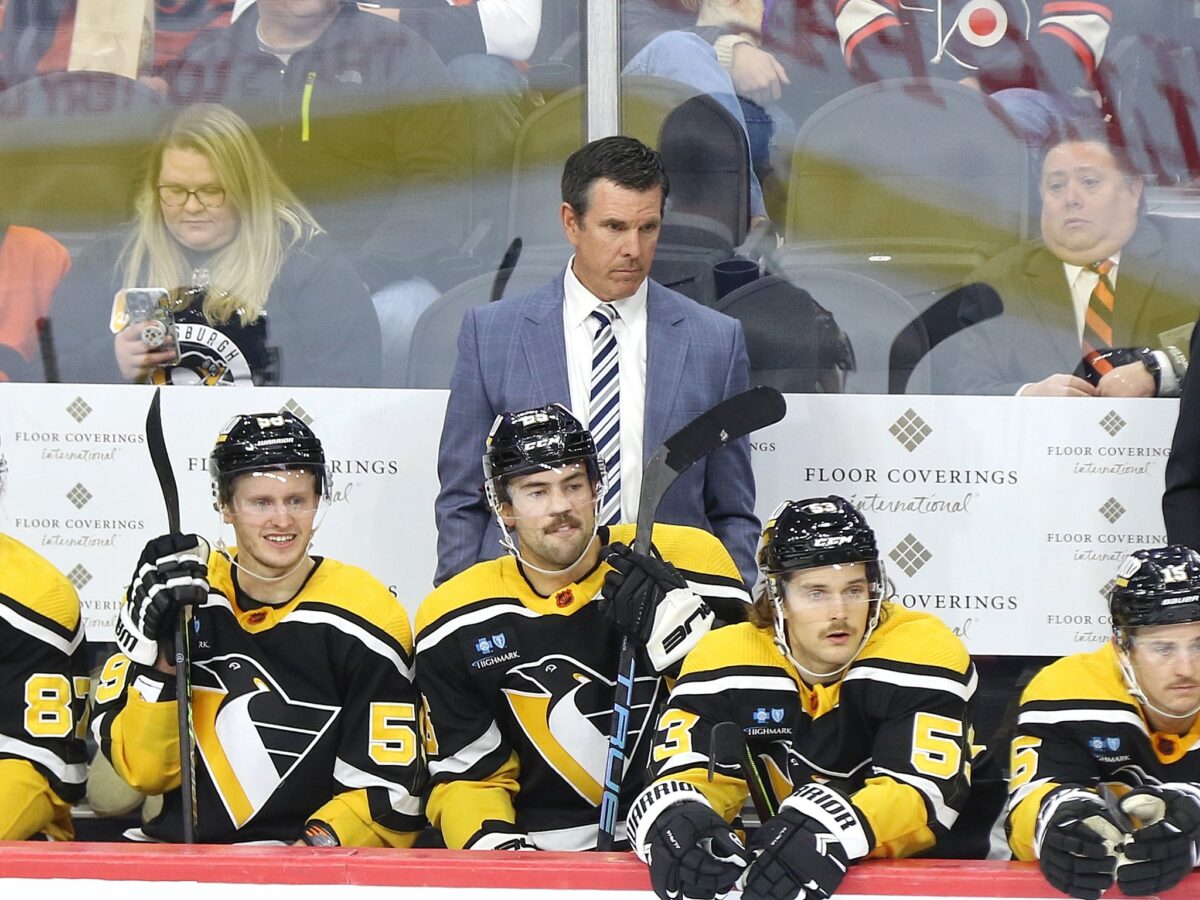
The Pittsburgh Penguins’ roster will not get any better until they actively part with depreciating assets, which are sinking their chances of contending for the playoffs. Kyle Dubas, most recently hired from the Toronto Maple Leafs as President of Hockey Operations, has his hands tied and plenty to sort through given the current state of the team. Unlike former general manager Ron Hextall, who increased the average age significantly in the lineup, Dubas will be turning a new leaf through the reacquisition of younger talent.
Related: 3 Moves the Penguins Should Make During 2023 Offseason
All of this will come through trimming the roster of its bad branches on the tree, which leads us to the third and final part of the series covering and previewing Pittsburgh’s offseason. Today, we examine five Penguins players who need to either contractually be bought out, released, or traded.
Player No. 1: Forward Mikael Grandlund
This is the most likely of candidates to not be on the active roster by October. Why? Well, just take a look at Mikael Granlund’s numbers from last season once he arrived in a Penguins uniform and the actual contract itself over the next two years. It’s not pretty. Playing in 21 games, Granlund struggled to effectively produce, scoring only one goal and nine assists.
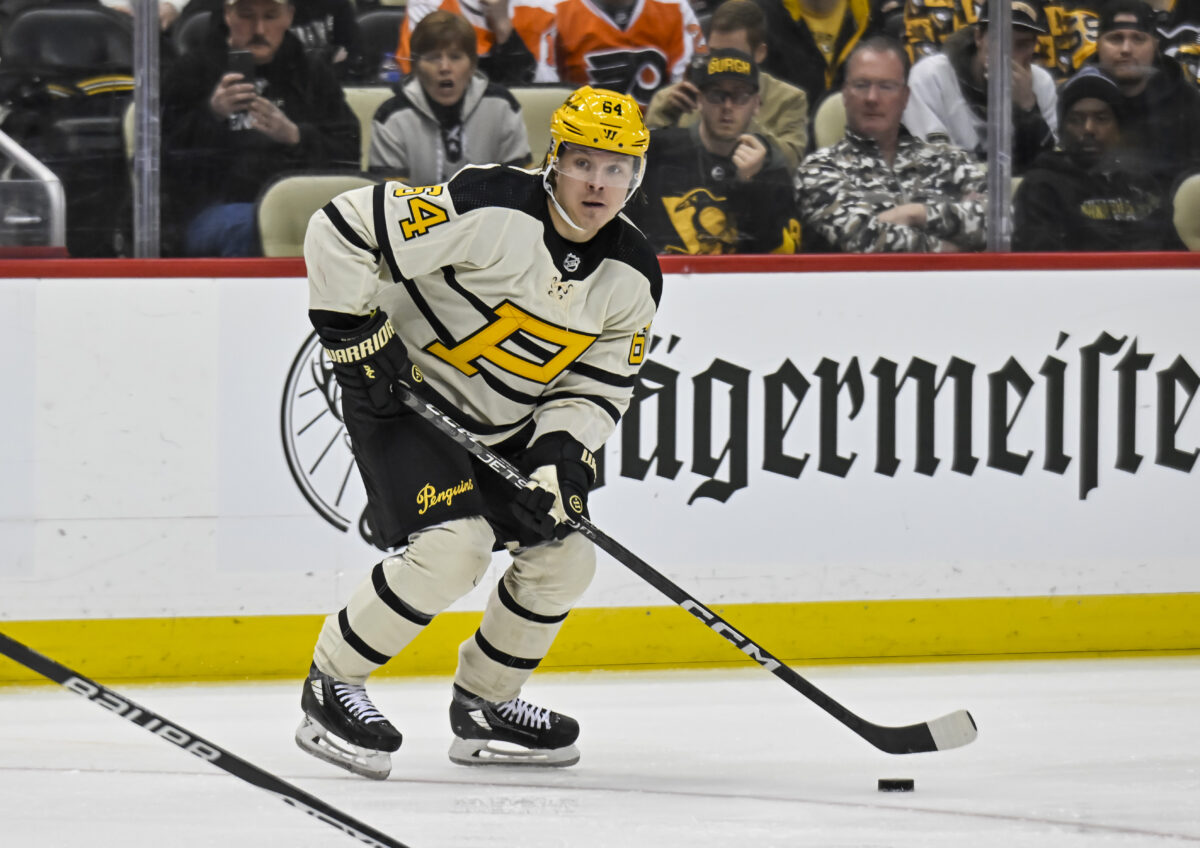
Despite trade speculation surrounding Granland, he carries a $5 million cap hit. It is widely expected that a buyout is likely, as Pittsburgh will have difficulty finding a trade partner. Buying out his contract lowers his overall cap hit by spreading it out over several years and creating immediate cap space in the short term. The Penguins most certainly seem insistent on cleaning out Granlund’s locker relatively soon.
Player No. 2: Defenseman Jeff Petry
What was already a perplexing trade target last offseason, has now become a detonating time bomb biting the Penguins front office in the back. Jeff Petry was acquired in hopes of improving the blue line, one that blew a 3-to-1 series lead over the New York Rangers in the 2022 Postseason. At times, Petry was adequate, scoring the occasional goal here and there, but he hardly lived up to the expectations surrounding his performance.
It also doesn’t help that Petry’s contract runs with a $6 million cap hit spanning the next two seasons, and is 35 years old. Like with Grandlund, the Penguins must find a way to move Petry and his bloated salary. The blue line will only get worse if he sticks around. A buyout is far more unlikely, but making a trade is feasible at the right price.
Player No. 3: Defenseman Jan Rutta
One of Hextall’s many mind-boggling transactions, Jan Rutta was brought in last offseason in hopes of stabilizing the blue line. Needless to say, the move was atrocious. Injuries were a consistent theme for Rutta ever since he stepped foot on the ice last season. He played in 56 games, but it felt more like watching a mirror of his former self.
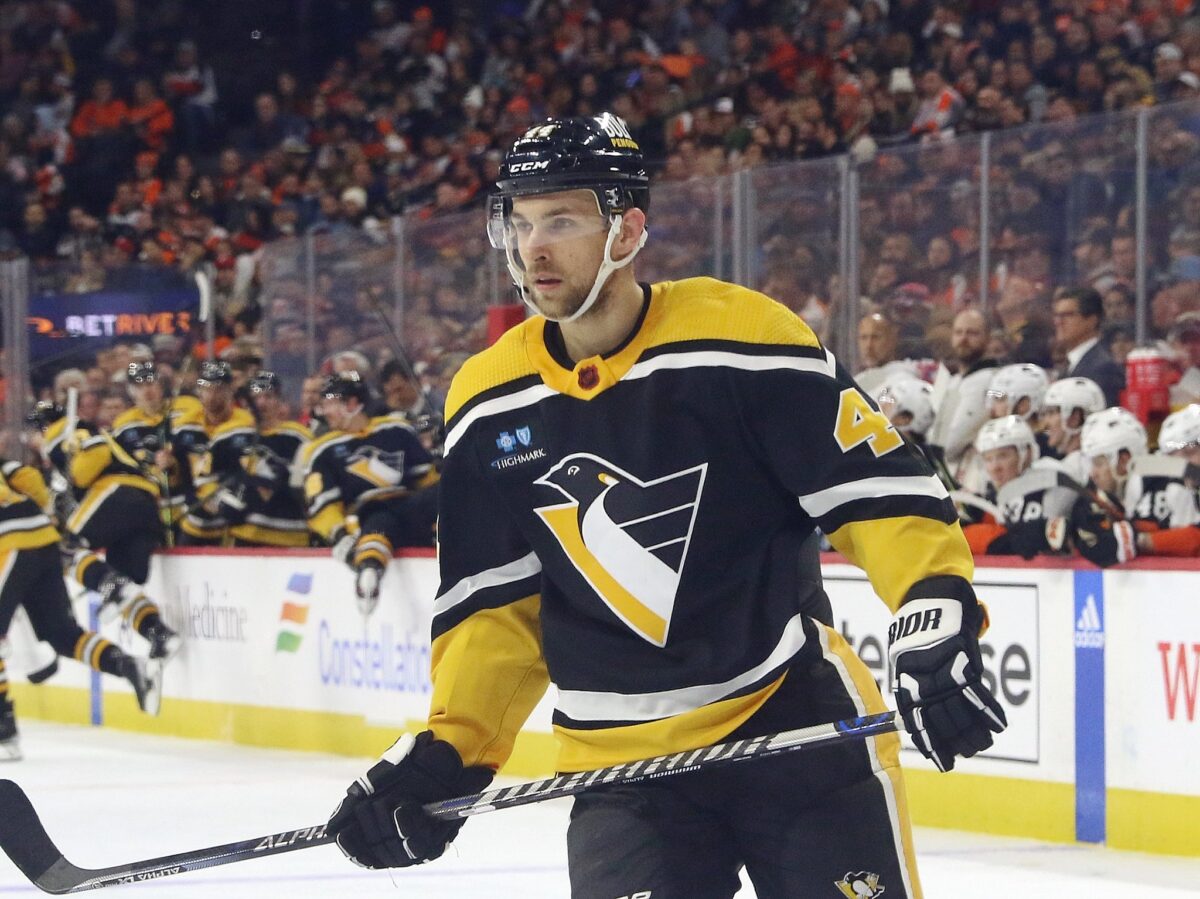
Rutta is the product of previous management failures. His future is now in limbo, with Dubas ultimately dictating his fate. Soon to be 33 years old, he’s not going to get any younger as time wears on. Rutta was part of a defensive group that mightily struggled in 2022-23, resulting in Pittsburgh’s first season without clinching a playoff spot since 2006. If you’re committed to retooling the roster, it’s hard to envision Rutta being a part of it long-term.
Player No. 4: Forward Jeff Carter
Yes, Jeff Carter has a no-movement clause built into his contract. Yes, he’s committed himself to wanting to stay in Pittsburgh in 2023-24. And yes, Carter also wouldn’t save much money for the Penguins over a buyout. The options are quite limited, and there’s no denying that his days are numbered, but you have to consider it if the right deal comes along. His overall play and abilities cratered last season.
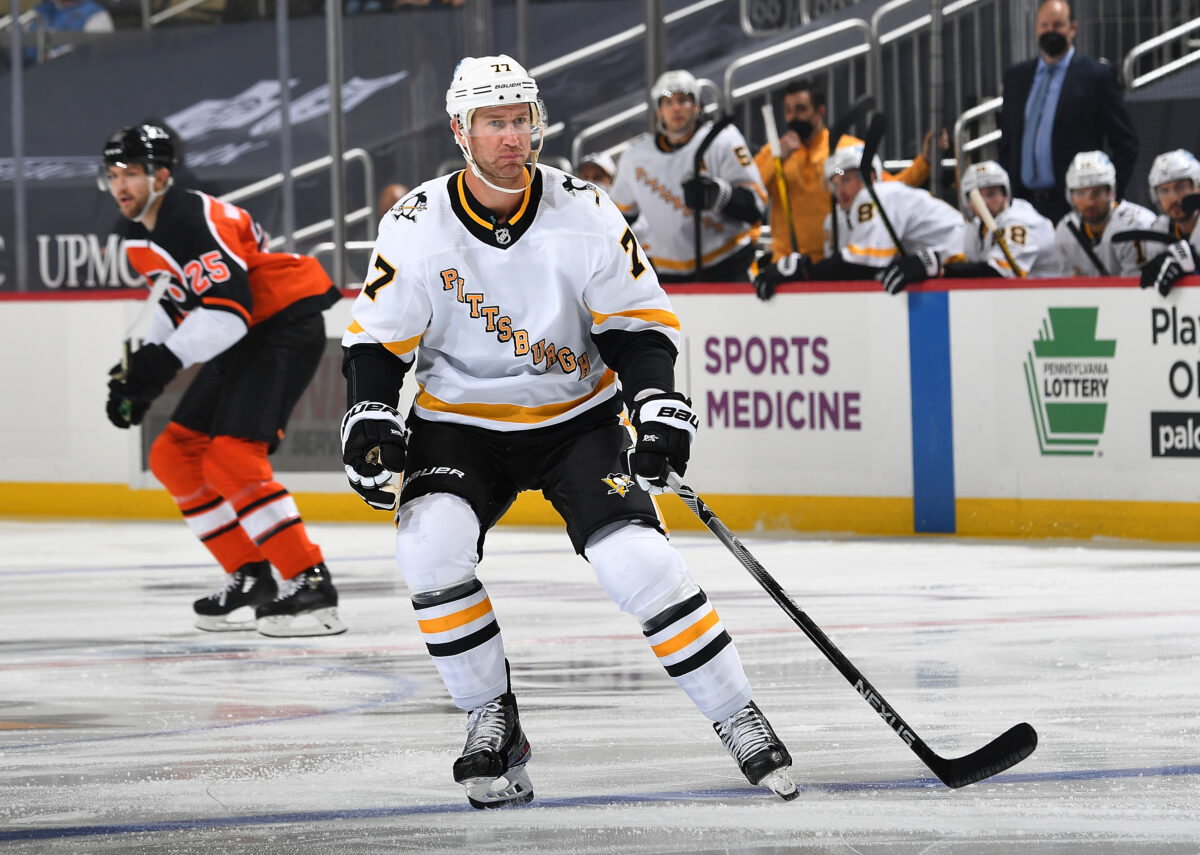
Carter will be a free agent next offseason. That being said, finding a taker, team-wise, for his services is a tough task due to him having full control over when and where he chooses to land. Buying out Carter’s contract would save you from having to burn assets in a trade, but it won’t create cap relief either. Unfortunately, barring a miraculous turn of events, expect Carter to ride the bench and take on a lesser role all the way to free agency next year.
Player No. 5: Goaltender Casey DeSmith
Perhaps it’s not entirely fair that Casey DeSmith is on this list given the workload he had to shoulder in the face of Tristan Jarry’s inconsistency and multitude of injuries. But there’s zero doubt, based on what Penguins fans saw, that DeSmith is a backup goalie at best (16 losses in net, 3.17 goals against average). He became part of a dilemma where many were unsure who’d start outright the rest of the season due to how uncertain and unpredictable both DeSmith and Jarry were.

DeSmith is on the books for a little less than $2 million cap hit-wise, with his contract expiring in 2024. A case can be made for him to return to finish out the last year of his deal, but it goes without noticing that you know exactly what you’re getting. Average numbers, backup-level performances, and an inability to separate himself from the competition. All that aside, Dubas may look to replace DeSmith, and it would surprise very few if this were to be the case.
Conclusion/Wrapping Up:
Getting rid of active roster players under contract is easier said than done. It is usually hard in today’s modern NHL landscape to navigate such activity considering the costs you may end up having to pay. Nonetheless, Pittsburgh is faced with many decisions. It is the Penguins’ most important offseason in a while, and that is no light statement.
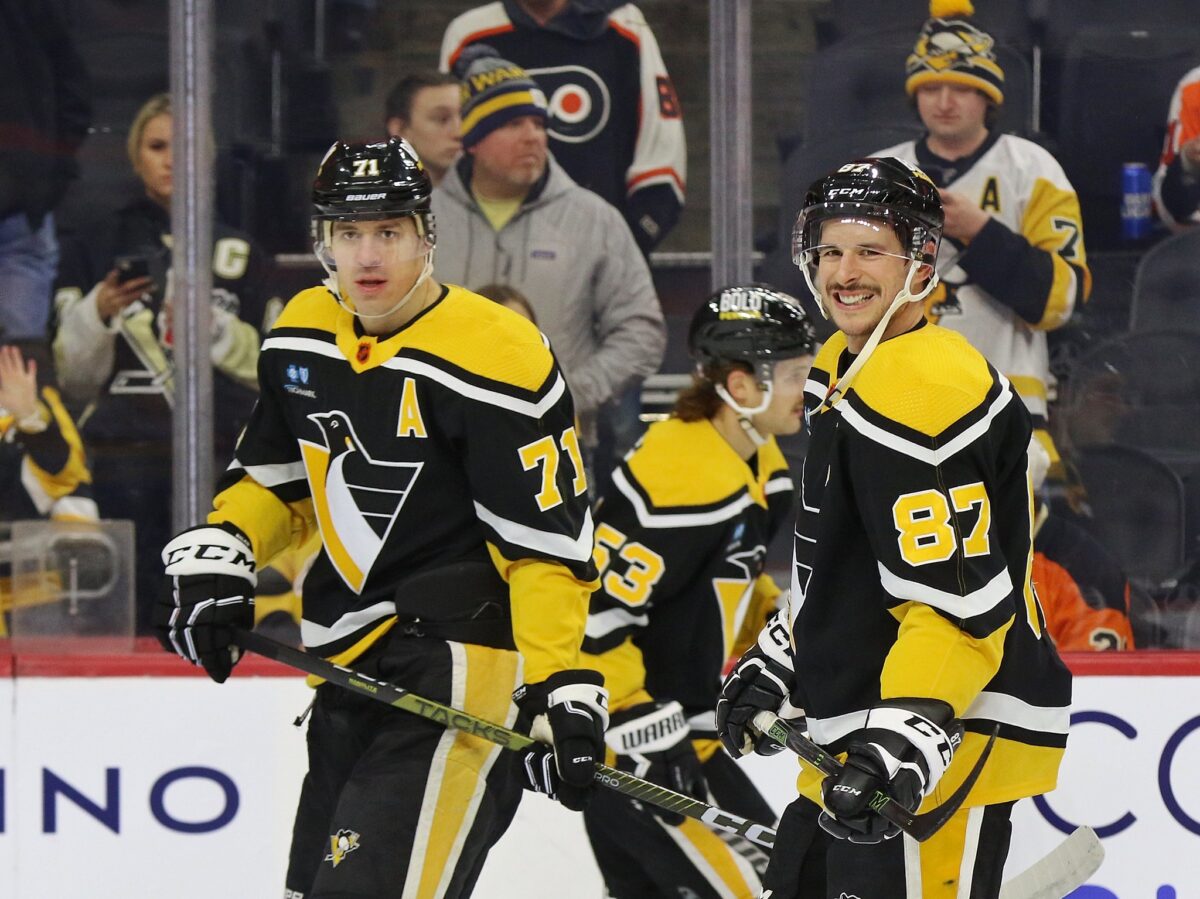
The direction of a franchise is shaped and altered in many different ways, so taking the necessary first step in shaving your roster of liable causes is rather significant. If not treated properly, blind loyalty and stubbornness in refusing to manage things differently are typically the root causes. We shall see if Pittsburgh can avoid this trap over the next several weeks.
